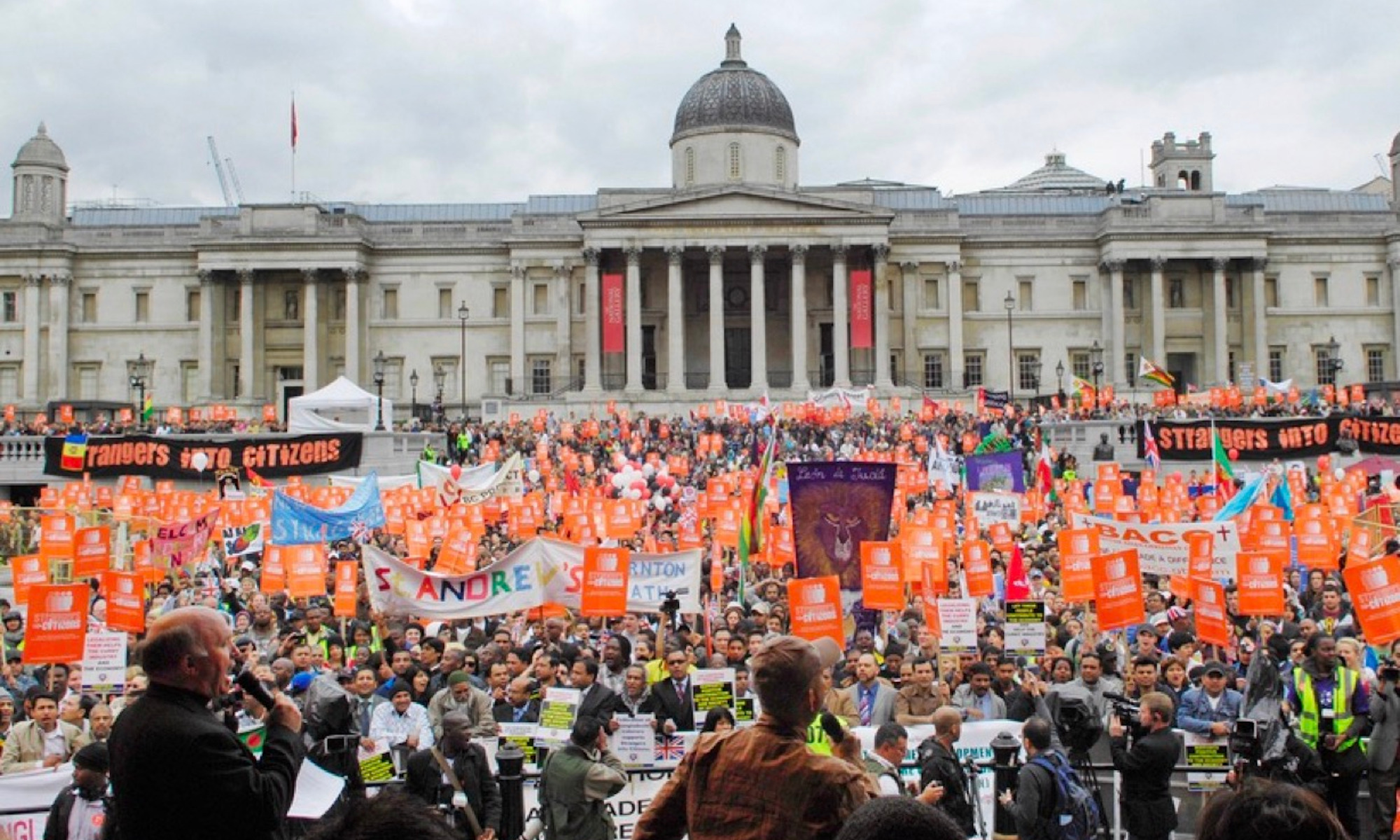The environment surrounding the City of Westminster and its adjacent parts favors the occupation of the social elite as well as the polite and commercial artists. Where the main feature of the natural environment in the City of London gravitates around the River Thames, running centrally through the city, the built environment surrounding the Liberty of Westminster differs from the domains encircling the Tower of London and the Docklands that run along the water. As topographically delineated by the red line separating London proper from the surrounding areas in Horwood’s Plan (1792-1799), the City of London is predominantly impacted by buildings and industry, with a notable lack of surrounding natural environment that exists apart from the River Thames. This contrast is especially distinct when juxtaposed with the surrounding environment outside of this topographical border; wherein the geographics of Westminster possess more freedom for leisure with its numerous fields and gardens than the rest of London’s inherently compact, urban cityscape. Rather than the occupation of industrial warehouses and wharves, as is the case closer to the city surrounding the Tower, the buildings located alongside the River Thames in Westminster cater towards a more dignified and upper crust crowd that persists in this location so close to the Queen’s Palace and Parliament Street. This stretch along the River Thames consists of the Privy Gardens, Westminster Hall, and Northumberland Gardens, with a few wharves recognized by the names Scotland Yard and White Hall Timber Yard.
The area surrounding the intersection of Charing Cross and Cockspur Street is relatively similar in both Horwood’s Plan (1792-1799) and Faden’s 1819 revised mapping of London. The built environment remains the same, favoring the habits of the upper class and persons of notable distinction, such as the royal family and members of Parliament, wherein occupancies of leisure, such as opera houses, gardens, and squares, persist more frequently compared to the more industrialized and mercantile subsection of London that makes up the habitations of tradesmen and the merchant class. While Haymarket Street and its opera houses prevail into Faden’s 1819 revision, Regent Street, running perpendicular to Charles Street outside of Saint James’s Square, is a new addition that had required the tearing down of residences that line Haymarket Street in Horwood’s Plan. The incorporation of color, however, in Faden’s 1819 revision, gives light to the overwhelming presence of gardens. While the existence of gardens persists more frequently in the Liberty of Westminster, as indicated by Horwood’s Plan of London (1792-1799), the color reveals how expansive and frequent these gardens appear to exist. The existence of such gardens alongside the River Thames, in particular, delineated in this stretch that borders Westminster and Covent Garden noted in the 1819 revision, is much more frequent than the showing of gardens located near the Thames in the Docklands. Faden’s attention to color characterizes the Liberty of Westminster by its inhabitants’ accessibility to leisure activities, systematizing London’s burgeoning Metropolis through this geographical assumption by class to suggest that the occupants in this subsection of London concern the social elite.
